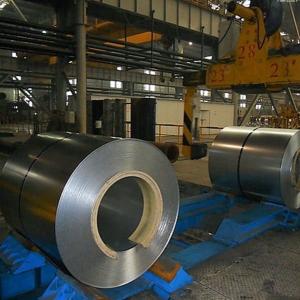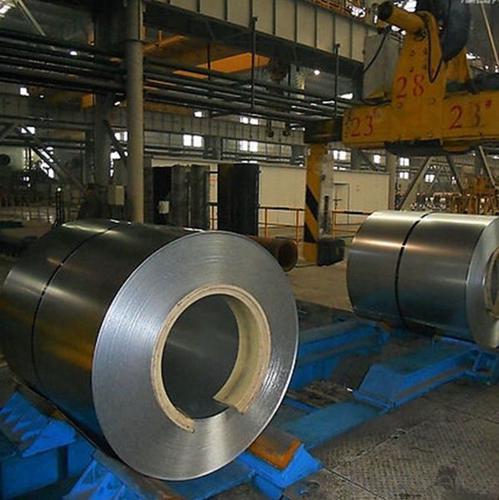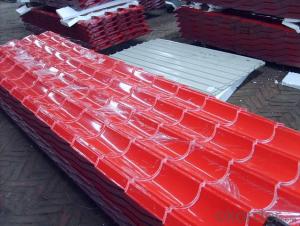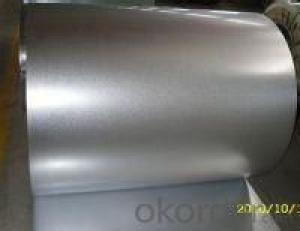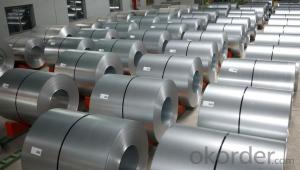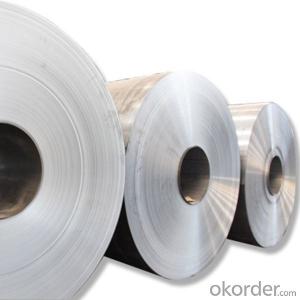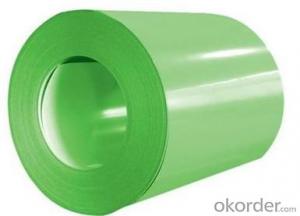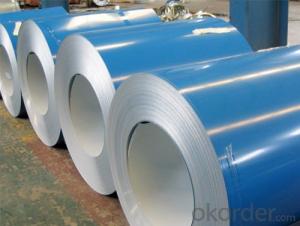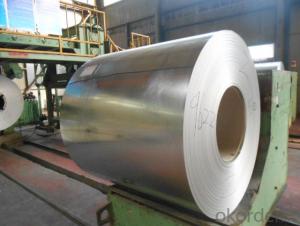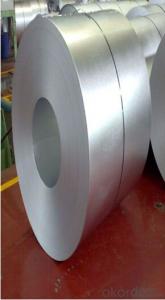304 Stainless Steel Coil Steel Plate Steel Sheet
- Loading Port:
- Huangpu
- Payment Terms:
- TT OR LC
- Min Order Qty:
- 25 m.t.
- Supply Capability:
- 10000 m.t./month
OKorder Service Pledge
OKorder Financial Service
You Might Also Like
Specification
Description for Stainless Steel Coils/Sheets:
Prodcut:Stainless Steel Coil
Thinckness: 0.20mm-8.0mm
Width:1000mm, 1219mm(4 feet), 1250mm, 1500mm, 1524mm(5 feet),
1800mm, 2000mm, 2200mm, 2500mm,and customizable
Ni:0.8~1.2% Cu:1.4~1.5% Cr:14
Standard: ASTM, JIS, GB, BS, DIN etc
Grade: 200series&300series&400series
Surface finish: 2B, BA, 8K, 6K, Mirror Finished, No1, No2, No4, Hair Line with PVC
Manufacture technology: cold rolled/hot rolled
Thickness Tolerance: +/-0.1mm
Width Tolerance: +/-10mm
200 Seriers: 201,202
300 Seriers: 301, 304, 304L, 316L, 309, 310S,321
400 Seriers: 410, 410S, 409L,430
Specifications for Stainless Steel Coils/Sheets:
Type | 200 series,300 series,400 series |
Thickness | 1.8-8.0mm |
Widthness | 1000/1219/1500mm |
Technique | Hot Rolled/Cold Rolled |
Coil Weight | About 20 Tons |
Finish | NO.1/NO.2B |
Place of Origin | Made in China |
MOQ | 18 ton |
Color | Black,Mirror Finished |
Standard | ASTM, JIS, GB, BS, DIN etc |
Exporting countries | Peru,India,Pakistan,Singpore,Vietnam,South Korea,Malaysia etc. |
After-sales service | Factory Inspection |
Certifications | ISO,SGS |
Packaging | Standard export packing or following customer's demand |
Specifications for Stainless Steel Coils/Sheets:
Grade | C ≤ | Si ≤ | Mn ≤ | P ≤ | S ≤ | Ni ≤ | Cr ≤ |
201 | 0.12 | 0.75 | 7.00 | 0.045 | 0.045 | 1.00-1.28 | 13.70-15.70 |
202 | 0.15 | 1.00 | 2.25 | 0.045 | 0.045 | 4.07-4.17 | 14.00-16.00 |
304 | 0.08 | 0.75 | 2.00 | 0.045 | 0.03 | 8.00-11.00 | 18.00-20.00 |
304L | 0.035 | 0.75 | 2.00 | 0.045 | 0.03 | 8.00-13.00 | 18.00-20.00 |
309 | 0.15 | 0.75 | 2.00 | 0.045 | 0.03 | 12.00-15.00 | 22.00-24.00 |
310S | 0.08 | 1.50 | 2.00 | 0.045 | 0.03 | 19.00-22.00 | 24.00-26.00 |
316 | 0.08 | 1.00 | 2.00 | 0.045 | 0.03 | 10.00-14.00 | 16.00-18.00 |
316L | 0.035 | 0.75 | 2.00 | 0.045 | 0.03 | 10.00-15.00 | 16.00-18.00 |
321 | 0.04-0.10 | 0.75 | 2.00 | 0.045 | 0.03 | 9.00-13.00 | 17.00-20.00 |
405 | 0.08 | 0.75 | 1.00 | 0.045 | 0.03 | 0.06 | 11.5-13.5 |
409 | 0.089 | 1.00 | 1.00 | 0.045 | 0.05 | 0.06 | 10.50-11.75 |
410 | 0.15 | 0.75 | 1.00 | 0.045 | 0.03 | 0.06 | 11.5-13.5 |
420 | 0.16-0.25 | 1.00 | 1.00 | 0.040 | 0.03 | 0.06 | 12.00-14.00 |
430 | 0.12 | 0.75 | 1.00 | 0.045 | 0.03 | 0.06 | 16.00-18.00 |
Detail picture for Stainless Steel Coils/Sheets
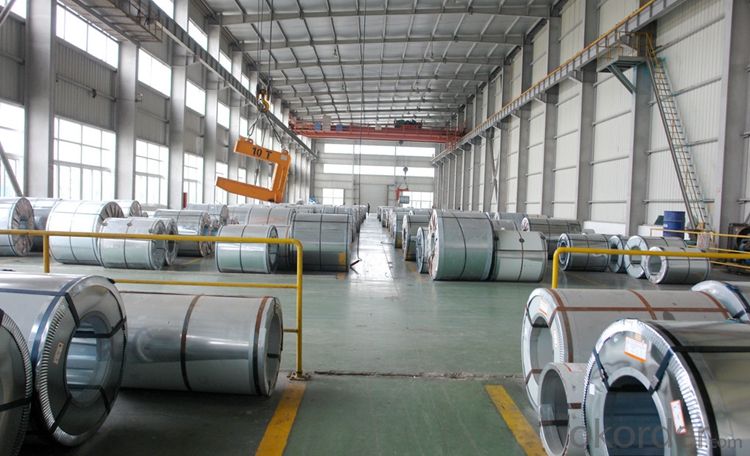
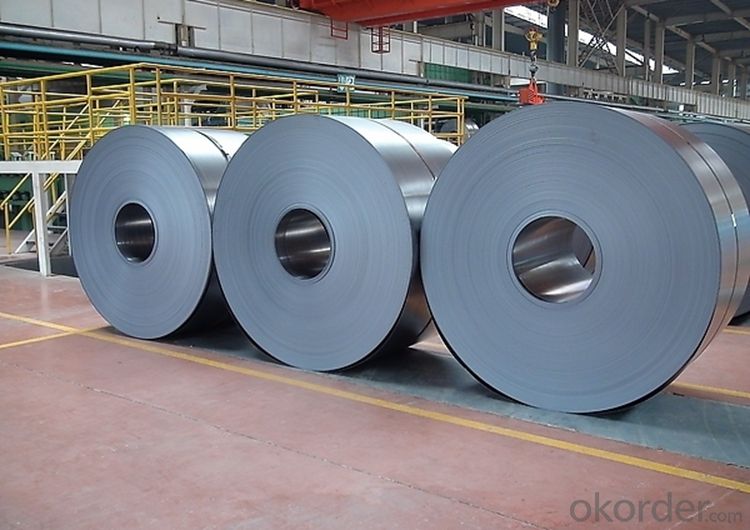

Application of Stainless Steel Coils
(1)Boiler heat exchanger,
(2)Chemical industries,
(3)Hardware fields,
(4)Construction material,
(5)Kitchen utensils,
(6)Building construction,
(7)Medical equipment,
(8)Chemical tank,
(9)Pipe etc
Export Markets for Stainless Steel Coils/Sheets:
Our target market is the international market. Every year we export most of products to countries like India, Pakistan, South Korea, Brazil, Australia, South Africa, Spain, Sri Lanka, Taiwan, Hong Kong, etc.
FAQ for Stainless Steel Coils/Sheets:
Q:How to order?
A: Please send us your purchase order by email or fax .or you can ask us to send you a proforma invoice for your order .We need to know the following information for your order.
1) Shipping information-company name, street address, phone number, fax number, destination sea port
2) Product information – Quantity, Specification (steel type, thickness, width, surface finish)
3) Delivery time required
4) Forwarder's contact details if there's any in China
FAQ for Stainless Steel Coils/Sheets:
Q:What are the advantages of your company ?
A: We have many professionals, technical personnel, more competitive prices and best after-dales service than other stainless steel companies.
Q:Can you arrange the shipment ?
A: Sure we can help you with the shipment. We have forwarders who have cooperated with us for many years.
- Q: Many gerber knives are made out of what gerber calls high Carbon steels and I was wondering if anyone knew exactly what is this mysterious steel.
- A steel knifeblade is like a box full of a million ball bearings. The molecules pile up/line up just like those ball bearings. When it's pure, though, you can easily deform it....just like you can ram your hand down into that box of ball bearings. What happens if you pour a gallon of heated wax over those bearings, though? It fills the gaps between the molecules and solidifies the entire mass into one solid shape. If you smack it then, you'll break your hand. It'll hold its shape *much* better and longer. That's pretty basic but what do you expect at 04:00? ;) Addendum: At one time, in the late 80's to mid 90's, it was 440a...they then switched to 440c on their mass market stuff and 154 on their special runs....late 90's-2005 went to all 440c....today's knives are a mix of 440c and some pricier knives sporting S30V blades. If it's Gerber and it costs less than $40 today, 99% of the time it will be 440c.
- Q: How do steel coils contribute to the HVAC ductwork industry?
- Steel coils are an essential component in the HVAC ductwork industry as they are used to fabricate and shape the ducts. The coils are formed into various sizes and shapes, allowing for efficient air circulation and distribution within heating, ventilation, and air conditioning systems. These durable coils provide structural integrity to the ductwork, ensuring a reliable and long-lasting solution for HVAC installations.
- Q: What are the common standards and specifications for steel coils?
- The common standards and specifications for steel coils include ASTM A36/A36M, ASTM A572/A572M, ASTM A1011/A1011M, and ASTM A653/A653M. These standards outline the requirements for the chemical composition, mechanical properties, dimensions, and other characteristics of steel coils used in various industries, such as construction, automotive, and manufacturing. Additionally, international standards like EN 10025 and JIS G3101 are also commonly followed in different regions.
- Q: What are the different methods of oiling steel coils?
- There are several methods of oiling steel coils, including applying oil by roll coating, using a spray system, or immersing the coils in an oil bath.
- Q: What are the common methods of joining steel coils?
- The common methods of joining steel coils include welding, mechanical fastening (such as bolts or screws), and adhesive bonding.
- Q: What are the different coil packaging machine configurations used for steel coils?
- There are several different coil packaging machine configurations used for steel coils, including horizontal coil packaging machines, vertical coil packaging machines, and orbital coil packaging machines. Horizontal coil packaging machines are typically used for smaller steel coils and provide a horizontal wrapping process. Vertical coil packaging machines are designed for larger steel coils and perform a vertical wrapping process. Orbital coil packaging machines use a rotating ring to wrap steel coils in a circular motion, providing maximum stability and protection. Each configuration offers specific advantages and is chosen based on the size and shape of the steel coils being packaged.
- Q: What are the different coil handling equipment options available for steel coils?
- For steel coils, there are various choices available for coil handling equipment, depending on the industry's specific needs and requirements. 1. Coil Cars: Used for transporting steel coils within a facility, coil cars come with hydraulic or mechanical lifting mechanisms to safely load and unload coils onto other equipment or storage racks. 2. Coil Upenders: Essential for loading and unloading coils onto coil cars or other machinery, coil upenders rotate steel coils from a horizontal to a vertical position, or vice versa. The operation can be manual or hydraulic, depending on coil weight and size. 3. Coil Lifters: Designed for safe lifting and transportation of steel coils, coil lifters have adjustable arms or hooks that securely grip the coil's inner diameter. Depending on the coil's weight and size, coil lifters can be operated using hydraulic, mechanical, or electromagnetic mechanisms. 4. Coil Turnstiles: Coil turnstiles efficiently store and retrieve steel coils in a vertical position. They can be rotated manually or automatically using hydraulic or mechanical systems, allowing for easy access and retrieval. 5. Coil Reels: Unwinding steel coils and feeding them into processing machinery, such as stamping presses or roll forming machines, is done using coil reels. Equipped with adjustable tension controls, coil reels ensure a smooth and consistent feed. They can be operated manually or automatically, depending on the required level of automation. 6. Coil Cradles: Providing support for steel coils during storage or transportation, coil cradles evenly distribute the weight of the coil, preventing deformation or damage. They can be stationary or equipped with wheels for easy movement. In summary, the range of coil handling equipment options available for steel coils offers efficient and safe solutions for handling, storage, and processing of these heavy and valuable materials. The choice of equipment depends on factors such as coil size, weight, production volume, and specific industry requirements.
- Q: What are the different surface treatments available for steel coils?
- There are several different surface treatments available for steel coils, including galvanizing, painting, and powder coating. Galvanizing involves applying a layer of zinc to the surface of the steel to provide corrosion resistance. Painting involves applying a layer of paint to the surface to enhance its appearance and protect it from rusting. Powder coating is a process where dry powder is electrostatically applied to the steel surface and then cured under heat to form a protective and decorative coating.
- Q: Can one assume that stainless steel that can be hardened is magnetic?
- Most of the 300 series stainless metals are not magnetic, but if it is cast, it is magnetic. Welds are considered casting, so the welds are magnetic even though the items that are welded together are not. The 400 series stainless may have a few types that are magnetic. I suppose generally the hardenable factor has a bearing if you consider that 400 series can be hardened more readily than the 300 series. Source: Working in metal fabrication shops.
- Q: I am about to do a welding project and we are instructed to only use mild steel. I want to use found objects like coins, spoons, bottle caps, screws, and other small fasteners. Are these mild steel? What other objects can I use that are mild steel?
- not really. Coins aren't usually made from steel (e.g. an US cent is mainly zinc which will melt with releasing toxic fumes while welding), spoons are usually stainless steel (which is not mild steel), bottle caps can be steel but also aluminum. Fasteners can be made from a wide variety of metals. Generally mild steel is steel with a relatively low content of carbon (2%) which makes it easier to weld. It's used a lot for structure in building (e.g. rebar). Mild steel is also cheaper than other kinds of steel. Tools are usually made from high carbon steel. Generally I'd recommend to go to the scrap yard and pick up some shapes and pieces you like if you don't mind having to clean the rust off. Most will be mild steel. Welding small and thin pieces is much more challenging than welding larger pieces of metal. You are more likely to melt a bottle cap than weld it. Also your steel needs to be clean (no paint, sandblast or brush rust off). I would highly recommend to talk your project over with your teacher before you get all frustrated.
Send your message to us
304 Stainless Steel Coil Steel Plate Steel Sheet
- Loading Port:
- Huangpu
- Payment Terms:
- TT OR LC
- Min Order Qty:
- 25 m.t.
- Supply Capability:
- 10000 m.t./month
OKorder Service Pledge
OKorder Financial Service
Similar products
Hot products
Hot Searches
Related keywords
